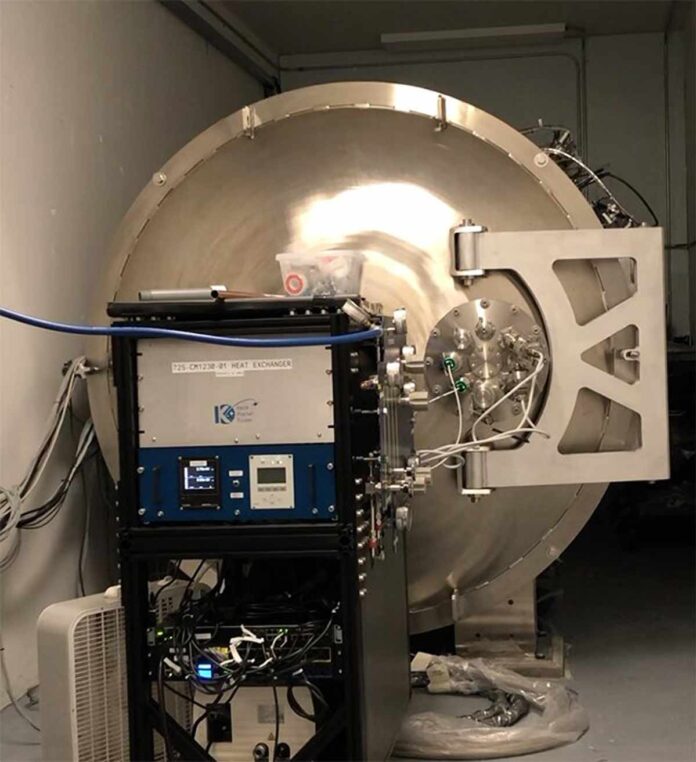A new planet hunter has arrived in town, with its sights set on nearby Earth-sized planets in the galactic neighbourhood.
The W. M. Keck Planet Finder, or KPF for short, is a new instrument at the W. M. Keck Observatory. M. Keck Observatory in Hawaii achieved first light on November 9 by photographing the planet Jupiter’s light spectrum. Of course, KPF is intended to find planets in other solar systems. So, the Jupiter data was just the first step – a test run of the instrument’s capabilities. KPF is still in its early stages.
KPF finds planets using the radial velocity method. It involves observing a star’s ‘wobble’ as it is gravitationally tugged by any planets that may be orbiting it. This method is especially useful for accurately determining a planet’s mass: the greater the mass, the greater the wobble. Other planet-finding missions, such as the Kepler Space Telescope, use the transit method to observe planets. They observe a star’s light dimming as a planet passes in front of it. The transit method provides precise information about the diameter of a planet. You’ll need both measurements to figure out a planet’s density (diameter and mass). As a result, KPF will be used to compare notes with Kepler data and data from other transit telescopes. Together, the transit and radial velocity methods provide a more complete picture of the composition and conditions of distant exoplanets than either method could do alone.
KPF also hopes to discover new planets, particularly smaller, rocky worlds orbiting close to their stars. It is more sensitive than the previous planter finder at the Keck Observatory (the High-Resolution Echelle Spectrometer, or HIRES). Thanks in part to the use of Zerodur, a ceramic-glass hybrid material for its base and optical components. Because the material does not expand or contract with temperature changes, KPF detects fewer false signals. While HIRES can detect a star’s wobble at 200 centimetres per second, KPF can do so at 30 centimetres per second. “We’re measuring a motion that is slower than a human walking,” says Andrew Howard, KPF’s principal investigator. And the stars are light-years away and 100 times the size of the Earth.” It’s a remarkable achievement.
Of course, there are constraints. KPF will be best suited for studying planets orbiting dim stars such as red dwarfs, rather than Sun-like stars. These stars have habitable zones that are much closer in than our Sun’s. But they are often regarded as less suitable for life due to the higher solar flare activity that is typical of that type of star.
Despite this, the team is excited to study extremely small rocky worlds close to their stars, as well as planets with unusual orbits and high inclinations that travel over their stars’ poles. One of the first projects will be to point KPF at the 50 nearest stars to Earth, looking for planets in our own backyard.
KPF turned its attention to other star systems for the first time after observing Jupiter on Wednesday night. It will remain in commission for several months before entering primary operation in the spring. When it does, it will almost certainly reveal details about fascinating new planets, some of which may be candidates for direct observation by the James Webb Space Telescope or next-generation ground-based telescopes.

